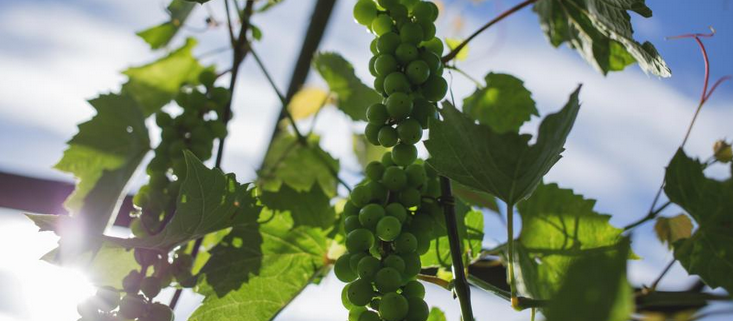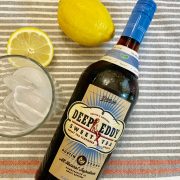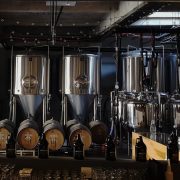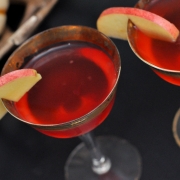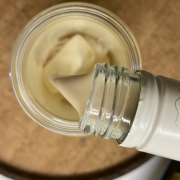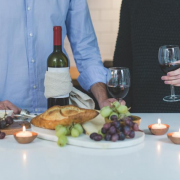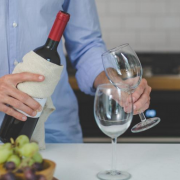Ok, so no matter how serious you are about drinking wine and learning all you can, sometimes you are seduced by the label. And the João Portugal Ramos Alvarinho 2015 label is seductive. The voluptuous bottle shape is shown to great advantage by the slanting, “off-the-shoulder” style of the label, very simple and elegant lettering with just that small showy glimpse of a golden “L” in the word Alvarinho. I just had to try it.
Alvarinho (pronounced Al-va-reen-yo) is the same grape as the Albariño grape found in Spain. And it is grown in a very similar environment or terroir – the cool Atlantic coast of the Iberian Peninsula. But the Portuguese version is a bit fuller and rounded with a lovely, rich mouthfeel with a bit of a sharp kick from its flinty, acid finish – every bit as seductive as the label.
 Portugal has long been overshadowed by its neighbor in wine production. Spain is quite simply a powerhouse when it comes to wine. Everyone has heard to Rioja and Ribera Del Duero, they know the Temperanillo grape and most have heard of Garnacha as well. Spanish Cava, their traditional method sparkling wine, is beginning to be highly prized and is starting to compete on quality with Champagne in a way that Prosecco never will. So, how is Portugal to fight back and carve out its own identity when so many of the wines are so similar? The solution has been to really concentrate in recent decades on quality. Portuguese wines used to be of marginal quality largely because it has a very large domestic market where people drink their local wines by the liter. But over time, it has been recognized that to compete on the global market, the wines have to be really good with consistent and high quality.
Portugal has long been overshadowed by its neighbor in wine production. Spain is quite simply a powerhouse when it comes to wine. Everyone has heard to Rioja and Ribera Del Duero, they know the Temperanillo grape and most have heard of Garnacha as well. Spanish Cava, their traditional method sparkling wine, is beginning to be highly prized and is starting to compete on quality with Champagne in a way that Prosecco never will. So, how is Portugal to fight back and carve out its own identity when so many of the wines are so similar? The solution has been to really concentrate in recent decades on quality. Portuguese wines used to be of marginal quality largely because it has a very large domestic market where people drink their local wines by the liter. But over time, it has been recognized that to compete on the global market, the wines have to be really good with consistent and high quality.
This producer understands this challenge and has been making wonderful wines in its very short lifespan (for a European winery). Established in 1990, João Portugal Ramos only began making this Alvarinho in 2013. And for a third iteration, this wine is excellent. It is very carefully made – fermented at low temperatures to preserve that beautiful varietal character of peaches and lemons with a slightly briny character. It is then made richer by partially fermenting it in new French oak to bring out that voluptuous quality I had mentioned before.
Enjoy this wine with shellfish, sushi and anything fried!
Seema 🙂

